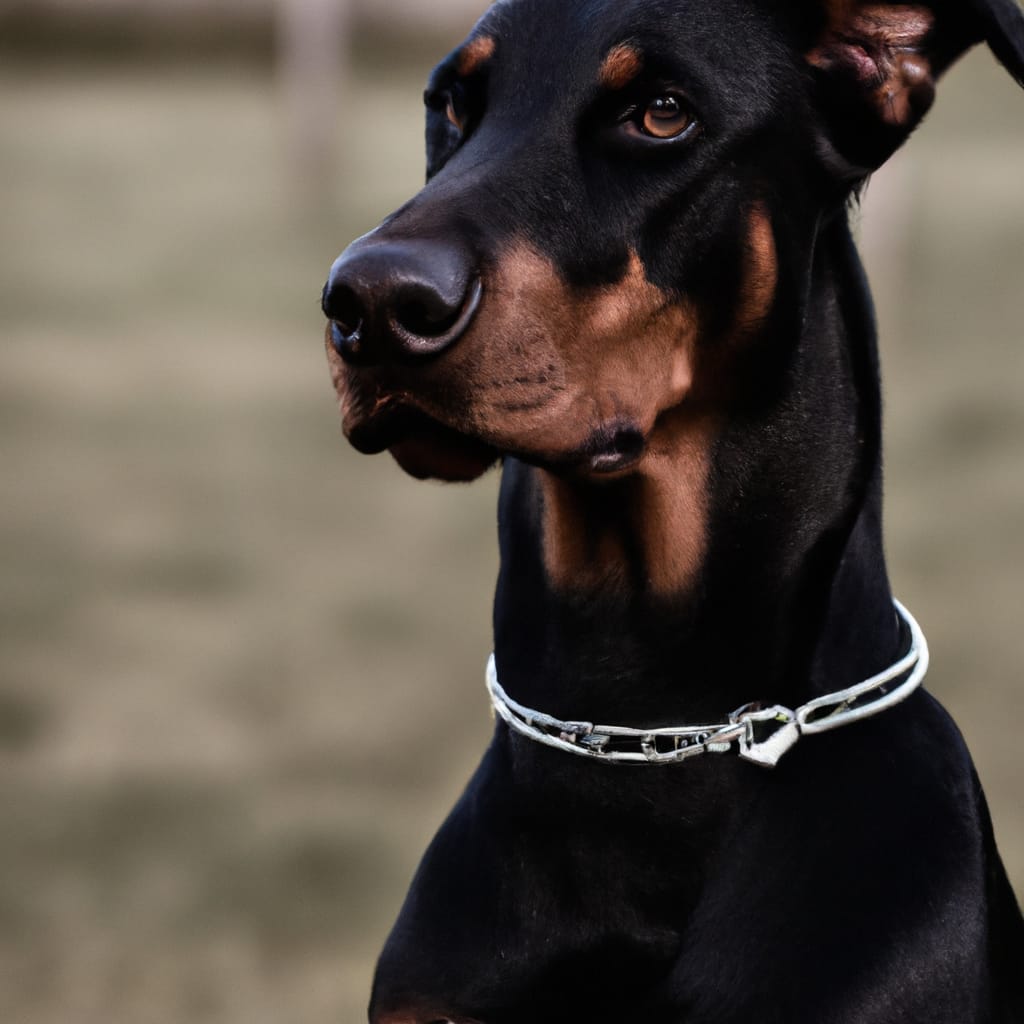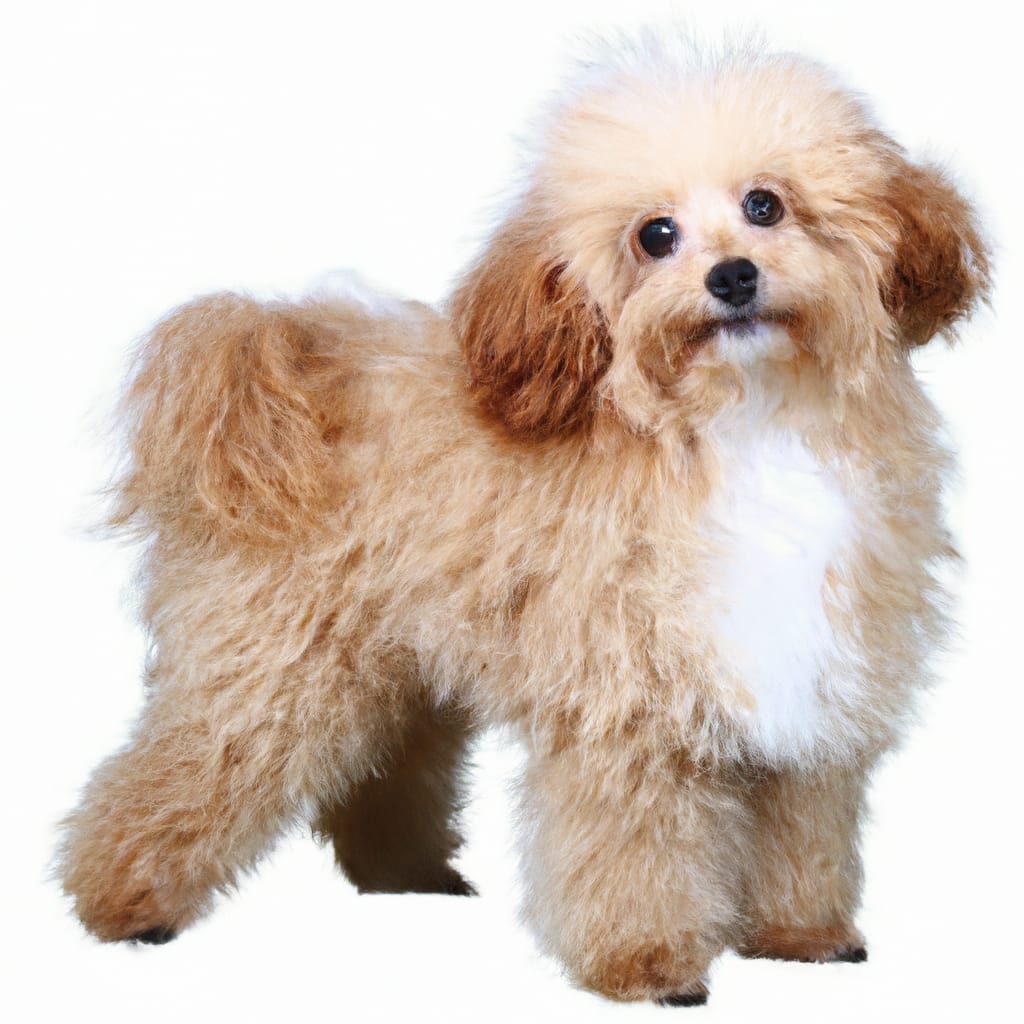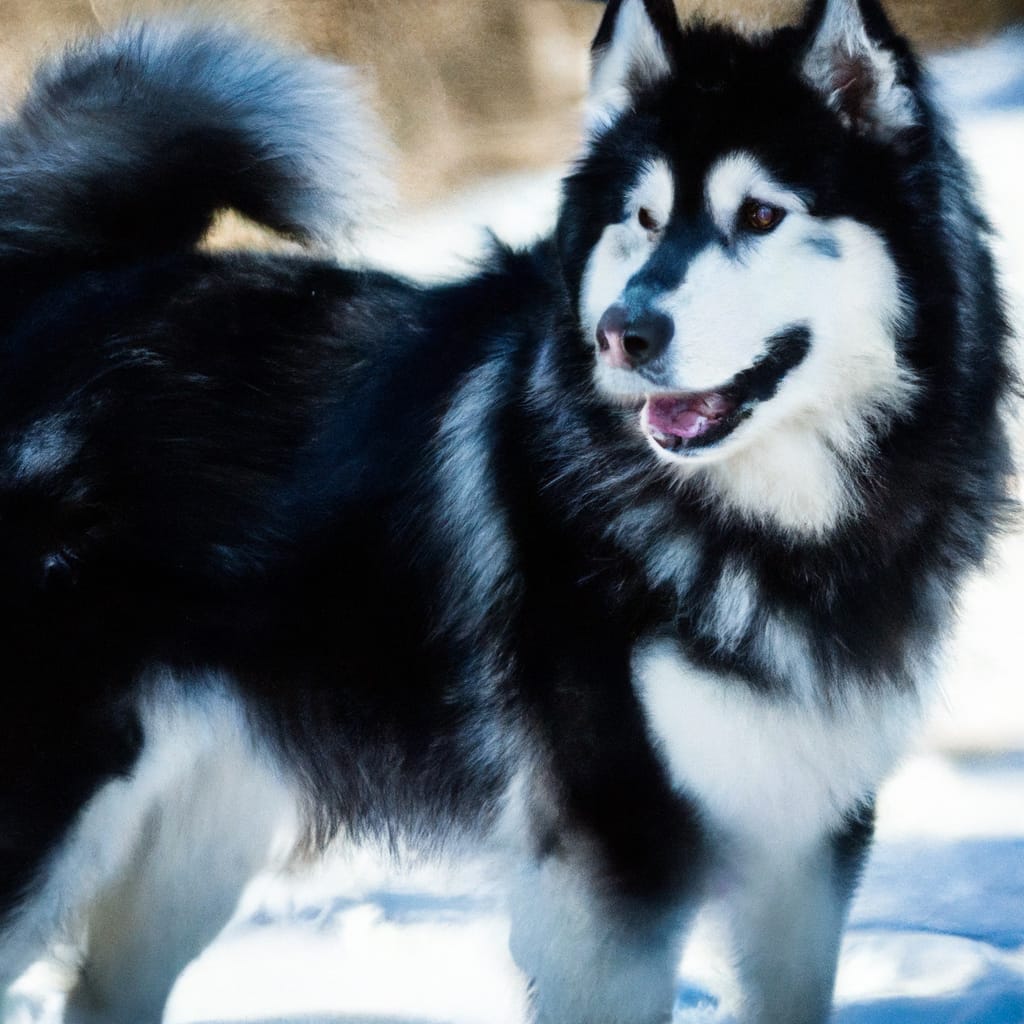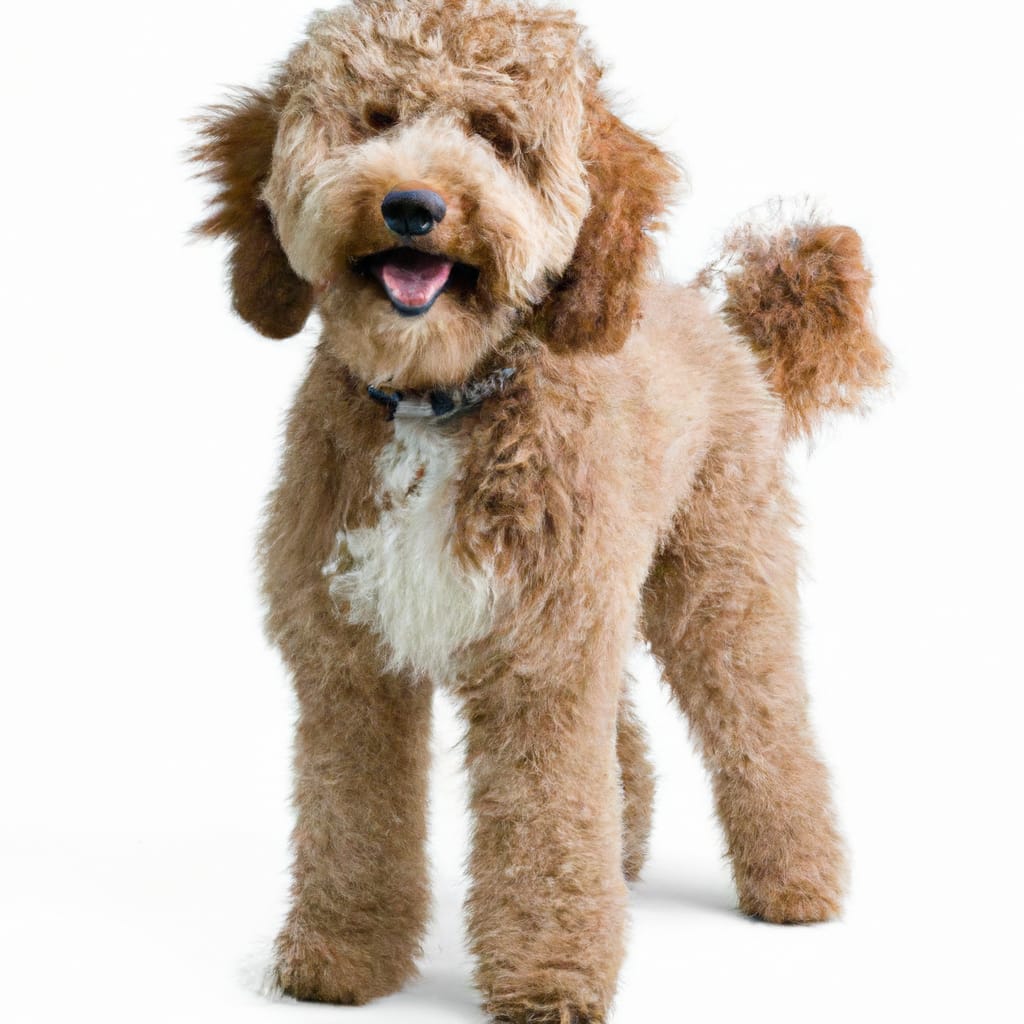Rotterman Dog Breed Pros And Cons
Rotterman Dog Breed information if you’re considering adding a furry friend to your family, the Rotterman dog breed may be worth considering. The Rotterman is a crossbreed between a Rottweiler and a Doberman, resulting in a unique and fascinating mix. In this article, we will explore the pros and cons of owning a Rotterman, so you can make an informed decision about whether this breed is the right fit for you. Whether you’re looking for a loyal companion or a protective guardian, the Rotterman has much to offer.
Appearance
Size
The Rotterman is a large breed, usually measuring between 22 to 27 inches in height at the shoulder. They typically weigh between 70 to 100 pounds, with males being slightly larger than females. Their size alone can be quite impressive and add to their commanding presence.
Coat
The Rotterman has a short, dense coat that is usually easy to maintain. This breed inherits the smooth coat from both its parents, the Rottweiler and the Doberman Pinscher. The coat is often sleek and shiny, giving it a polished look. Regular brushing can help keep their coat looking its best and ensure that it remains healthy.
Color
The Rotterman’s coat color can vary depending on its parentage. Most often, this breed will have a solid black coat, reminiscent of the Doberman Pinscher’s black coloration. However, there are also Rottermans that inherit the distinct tan and black markings of the Rottweiler. Whatever the color, the coat is usually striking and adds to the dog’s overall aesthetic appeal.
Temperament
Intelligence
Intelligence is a standout trait in the Rotterman breed. With both the Rottweiler and the Doberman Pinscher being highly intelligent breeds, it’s no surprise that the Rotterman inherits this same mental prowess. They are quick to understand commands and can learn new tasks with ease. Their intelligence makes them highly trainable and adaptable to various situations.
Trainability
The Rotterman’s intelligence, coupled with their eagerness to please their owners, makes them highly trainable dogs. They respond well to positive reinforcement methods and enjoy the mental stimulation that training provides. With patience, consistency, and proper guidance, the Rotterman can excel in obedience, agility, and other dog sports.
Protectiveness
One of the outstanding characteristics of the Rotterman is their strong protective instinct. This breed is known for being fiercely loyal and dedicated to their families. They are naturally watchful and will readily alert their owners to any potential threats. While this protective nature can be an asset, early and ongoing socialization is essential to ensure they differentiate between real threats and everyday situations.

Health
Common health issues
As with any dog breed, the Rotterman is susceptible to certain health issues that potential owners should be aware of. These can include hip dysplasia, which is a common concern for large breeds like the Rottweiler and Doberman Pinscher. Additionally, they may be prone to heart conditions, hypothyroidism, and certain inherited eye disorders. Regular veterinary check-ups and a proactive approach to their health can help mitigate these risks.
Grooming needs
Grooming requirements for the Rotterman are generally low. Their short coat only requires regular brushing to remove loose hairs and keep it looking glossy. They are considered to be a low-shedding breed, which can make them a suitable choice for those who may be sensitive to pet dander. Routine maintenance, such as nail trimming and teeth brushing, is still necessary to ensure their overall health and hygiene.
Exercise requirements
The Rotterman is an active and energetic breed that requires regular exercise to maintain their physical and mental well-being. They thrive in environments where they have ample opportunities to burn off energy. Daily walks, playtime in a securely fenced yard, and interactive toys can help meet their exercise needs. Providing mental stimulation through training sessions and interactive games is also crucial to prevent boredom and potential behavioral issues.
Suitability for Families
Compatibility with children
The Rotterman can be a great companion for families with children when properly socialized and trained. They are generally gentle and patient with children, forming strong bonds with them. However, due to their large size and exuberant nature, supervision is essential when young children and dogs interact to prevent unintentional injuries. Teaching both children and dogs appropriate behavior and setting boundaries is vital for a harmonious coexistence.
Compatibility with other pets
The Rotterman can coexist peacefully with other pets if properly introduced and socialized from an early age. Early socialization is key to ensure they develop positive relationships with other animals. However, due to their protective nature, it is essential to supervise interactions with smaller animals, such as cats or small dogs, to prevent any potential conflicts.
Suitability for first-time dog owners
While the Rotterman can be an excellent companion for first-time dog owners, their large size and assertive personality may require some extra dedication and commitment. With their intelligence and eagerness to please, they can be relatively easy to train for those who are willing to put in the time and effort. It’s important for first-time owners to be prepared for an active lifestyle, regular exercise, and proper socialization to ensure a well-balanced and well-behaved Rotterman.
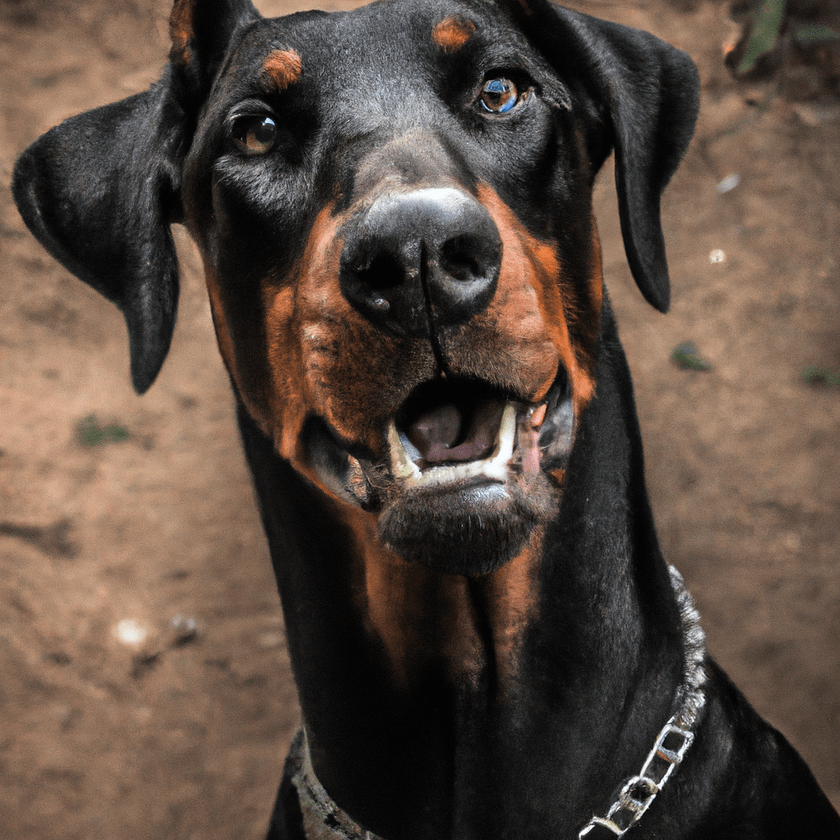
Activity Level
Exercise needs
The Rotterman is a breed that thrives on physical activity and mental stimulation. They require daily exercise to keep them physically fit and mentally engaged. Long walks, jogging, hiking, and interactive play sessions are all excellent ways to meet their exercise needs. Providing them with opportunities to burn off their energy will contribute to their overall well-being and help prevent boredom-related behaviors.
Mental stimulation
In addition to physical exercise, the Rotterman requires mental stimulation to keep their sharp mind occupied. This breed excels in various activities such as obedience training, agility courses, and puzzle toys. Engaging their intellect through training sessions, interactive games, and new experiences will help prevent them from becoming bored or finding their own outlets for mental stimulation, which may not always be desirable.
Living Space Requirements
Ideal living conditions
The ideal living conditions for a Rotterman involve a spacious and secure environment where they can move freely. They will thrive in homes with access to a securely fenced yard where they can play and explore without the risk of escape. Additionally, their environment should provide ample mental stimulation, such as toys and interactive games, to keep their active minds engaged.
Suitability for apartments
While the Rotterman is a larger breed, they can adapt to apartment living if their exercise needs are adequately met. However, it is essential to ensure that they receive regular exercise and mental stimulation, as their energy levels require an outlet. Living in an apartment complex with nearby open spaces or access to a dog park can help provide them with the exercise they need.
Yard requirements
If a Rotterman has access to a yard, it should be securely fenced to prevent any potential escapes. Their protective nature may lead them to patrol the boundaries of their territory, so a sturdy and well-maintained fence is necessary. The yard should be large enough for them to run and play, and it should also provide access to shade and fresh water, particularly during hot weather.
Socialization Requirements
Socialization with humans
Early and ongoing socialization is crucial for the Rotterman to ensure they become well-rounded and socially adept dogs. Exposing them to various environments, people of different ages, and different situations from a young age will help them develop into confident and friendly dogs. Regular positive experiences with different people, including strangers, will also help them differentiate between genuine threats and everyday interactions.
Socialization with other dogs
Proper socialization with other dogs is essential for the Rotterman, as they can have a dominant nature. Early exposure to well-behaved dogs in controlled environments, such as obedience classes or supervised playdates, will help them develop good social skills. It is important to monitor their interactions with other dogs to ensure they are respectful and appropriate.
Training
Obedience training
Obedience training is crucial for the Rotterman due to their size and protective nature. Starting training from an early age is highly recommended to establish boundaries and reinforce good behavior. The Rotterman responds well to positive reinforcement methods, such as treats and praise, as they are eager to please their owners. Consistency, patience, and firm yet gentle handling are essential for successful obedience training.
Behavioral training
Behavioral training is an important aspect of owning a Rotterman, particularly due to their protective instincts. Early socialization and exposure to different environments will help prevent potential behavioral issues such as fearfulness or aggression. Positive reinforcement techniques, coupled with consistency and patience, can help shape their behavior and encourage good manners.
Challenges in training
While the Rotterman is intelligent and trainable, they can sometimes exhibit a stubborn streak. They may test their boundaries or try to assert their dominance. This can pose challenges during training, particularly for novice owners. It is essential to remain firm, consistent, and patient when faced with stubborn behavior. Seeking professional training assistance, particularly for first-time owners, can also provide valuable guidance and support.
Cost
Initial purchase cost
The initial cost of acquiring a Rotterman can vary depending on various factors such as the breeder’s reputation, bloodline, and geographical location. On average, a Rotterman puppy can cost between $800 to $1500. It’s important to research reputable breeders who prioritize the health and well-being of their dogs to ensure you are making a responsible and ethical purchase.
Routine expenses
Apart from the initial purchase cost, potential owners should also consider the routine expenses associated with owning a Rotterman. These include regular veterinary check-ups, vaccinations, grooming supplies, high-quality dog food, and toys. Additionally, factors such as pet insurance, training classes, and professional grooming services may also add to the routine expenses.
Potential medical costs
It’s important to be prepared for potential medical costs that may arise throughout the Rotterman’s life. As with any dog breed, there may be unexpected medical issues or emergencies that require veterinary attention. Having a financial plan in place, such as pet insurance or a designated emergency fund, can help alleviate any potential financial strain and ensure the best possible care for your Rotterman.
Availability
Finding a reputable breeder
Finding a reputable breeder is essential when considering bringing a Rotterman into your life. It is crucial to research breeders who prioritize responsible breeding practices, health testing, and the overall well-being of their dogs. Reputable breeders will be happy to provide you with health clearances for the parents and allow you to meet both parents if possible. They will also be interested in getting to know you as a potential owner and may have a waiting list for their puppies.
Adopting from a shelter or rescue organization
If you are open to adopting a Rotterman, reaching out to local shelters or rescue organizations is a great option. While it may be more challenging to find a purebred Rotterman, it is not impossible. Many mixed breed dogs, including Rotterman mixes, are awaiting their forever homes in shelters. Adopting a dog from a shelter not only gives them a second chance at a loving home but also provides you with a loyal companion who will be forever grateful for the opportunity.


